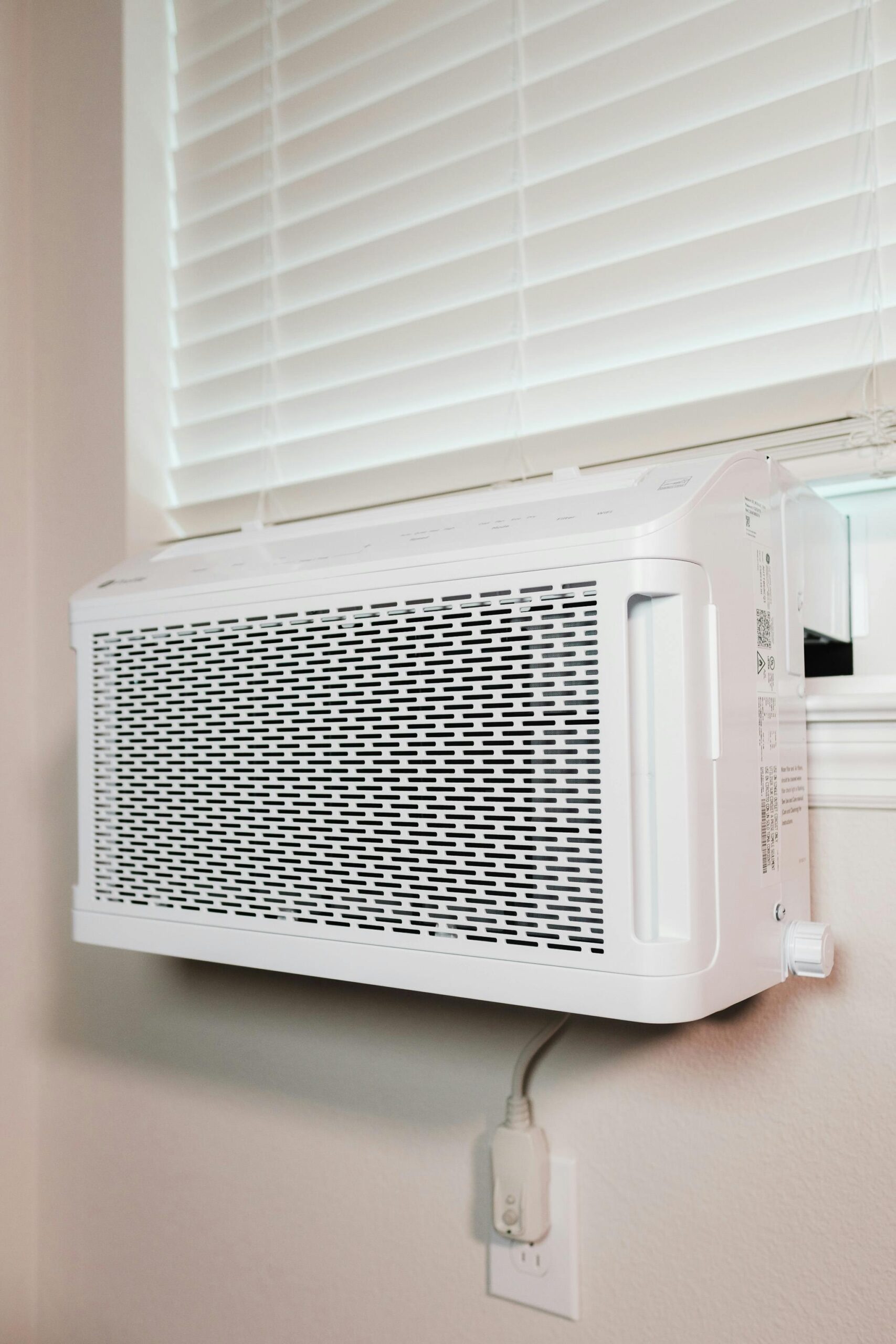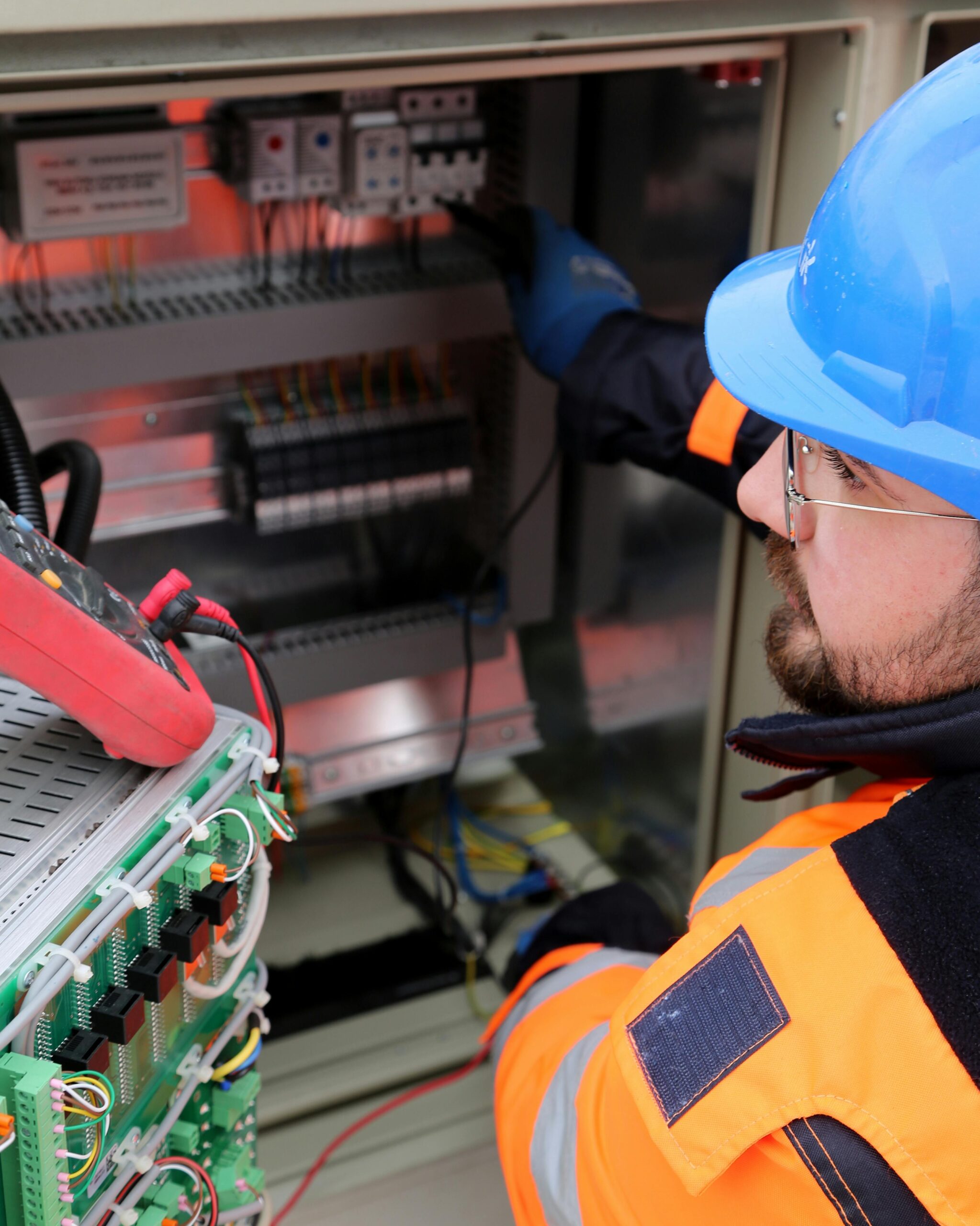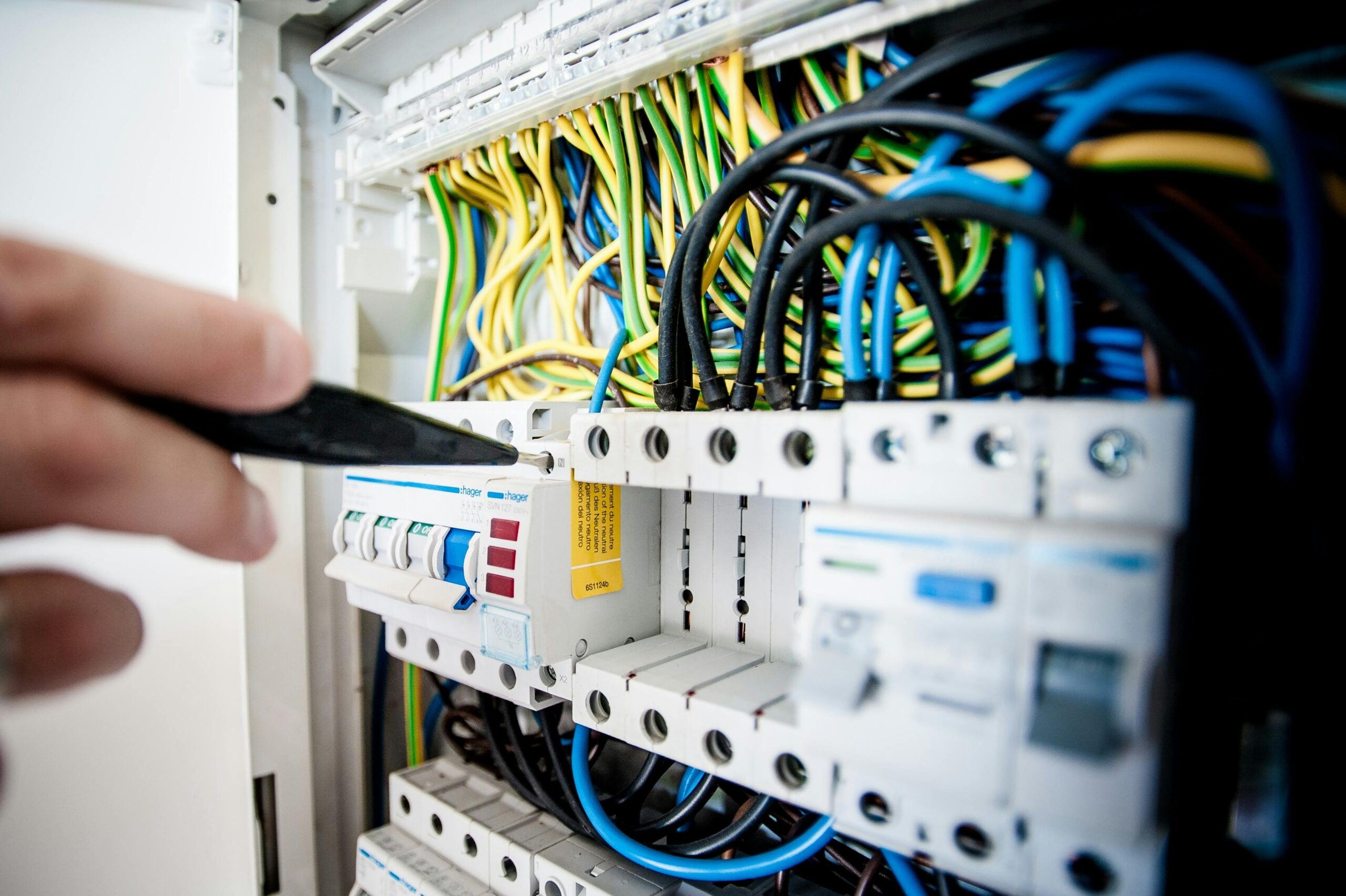Yet another storm plunges your home into darkness.
Another round of dragging the portable generator out, fueling it, and getting it running.
Your portable generator was a godsend in the past, but lately, outages have been getting longer and rougher.
Your home’s power needs have increased, which means more time and money spent refueling and setting up your portable.
It might be time to consider upgrading to a standby generator.
All the Reasons to Upgrade Your Generator
Signs It’s Time to Upgrade
Frequent and Long-Duration Outages
Extended outages without reliable backup power mean enduring cold showers, spoiled food, and complete isolation from the digital world without an internet connection.
Plus, your portable generator has to work harder and longer, increasing the risk of running out of fuel and leaving you in the dark.
If you’ve been experiencing multiple outages lasting more than a few hours, your portable generator might not be cutting it anymore. It’s time to consider a more reliable solution that can provide consistent power without the constant worry and hassle.
Battling with the Limited Power Supply
Your portable generator used to be just fine, but as your household grows and technology advances, so do your power needs.
Adding new appliances, home office equipment, accommodating a growing family, or medical needs increases your power consumption and reliance.
A portable generator will need help keeping up with these power demands, often forcing you to choose between powering essential items like your refrigerator or air conditioner and compromising comfort or food preservation.
Manual Operation and Safety Concerns

Portable generators require manual setup and refueling, which can be inconvenient and risky, especially during storms.
Setting up a generator in adverse weather or the dark adds unnecessary danger and stress.
The risk of carbon monoxide poisoning and the physical strain of setup further contribute to the hassle. If you’re tired of these issues, it’s a sign that you need a more reliable solution.
Struggling with Fuel Storage
Gasoline and propane for your portable generator must be stored in approved containers in a safe, ventilated area away from living spaces.
Proper storage is crucial to prevent leaks, spills, and fire risks, adding another responsibility to using a portable generator.
It’s a catch-22: you need to have enough fuel on hand to refuel your generator during long power outages, but keeping large quantities of fuel is risky and a hassle.
If you’re tired of this being another item on your laundry list, a whole home generator is a solution.
Desire for Peace of Mind
Having a reliable power solution that doesn’t disrupt your daily life during an outage provides invaluable peace of mind.
If you find yourself constantly worrying about power outages when a storm is looming or not, upgrading to a standby generator can significantly alleviate your stress.

Benefits of Upgrading to a Whole House Standby Generator
Automatic Operation
Standby generators detect power outages and kick into action automatically during an outage, ensuring a seamless power transition without any manual intervention on your part.
You can continue with your daily activities without worrying about setting up a generator.
Higher Power Capacity
A standby generator can power your entire house, including high-demand appliances like HVAC systems, water heaters, and kitchen appliances.
You won’t have to sacrifice comfort or convenience during an outage.
Continuous Power Supply
Because they are directly connected to your home’s natural gas line or a propane tank, standby generators provide a continuous power supply without the constant need to refuel.
This ensures your home remains powered even during extended outages.

Safety and Reliability
Professionally installed standby generators meet all safety codes, providing peace of mind during prolonged outages. You won’t have to worry about carbon monoxide risks or the reliability of your power supply.
Upgrade to More Reliable Power with a Generac Standby Generator
As power outages become more frequent and your home’s power needs increase, it’s crucial to have a reliable power solution.
Upgrading to a Generac standby generator offers automatic operation, higher power capacity, continuous supply, and unmatched safety and reliability.
Contact New London Electric today for your free Generac Generator estimate, so you can get one step closer to reliable, uninterrupted power during any outage.

FAQ
1. What appliances and systems can a Generac standby generator power?
Depending on the size of the generator, a Generac standby generator can power a range of appliances and systems, including:
Refrigerators
Lights and small appliances
Well pump
Water heater
Central air conditioning units
Washer and dryer
Water heaters.
2. How long can a Generac generator run during an outage?
Generac generators are designed to run continuously for extended periods during an outage. The exact duration depends on the fuel supply. For natural gas generators, as long as there is a supply from the utility, they can run indefinitely. Propane generators will run until the propane supply is exhausted.
3. What maintenance does a Generac generator require?
Regular maintenance is crucial to ensure optimal performance. This includes routine checks of the oil, air filter, and spark plugs, as well as periodic professional inspections. Generac offers maintenance plans that include these services to keep your generator running smoothly.
4. How is a standby generator different from a portable generator?
Standby Generators and much higher power capacities that are able to power your entire home. As well as automatic operation that clicks into action immediately when an outage is detected.
Portable Generators require manual start and connection to appliances. Their lower power capacity makes them suitable for temporarily powering a few essential devices but not ideal for long outages.
5. What is the warranty on a Generac generator?
Generac standby generators come with a standard warranty that covers parts and labor for a specified period, usually five years. Extended warranty options are also available for additional peace of mind.







